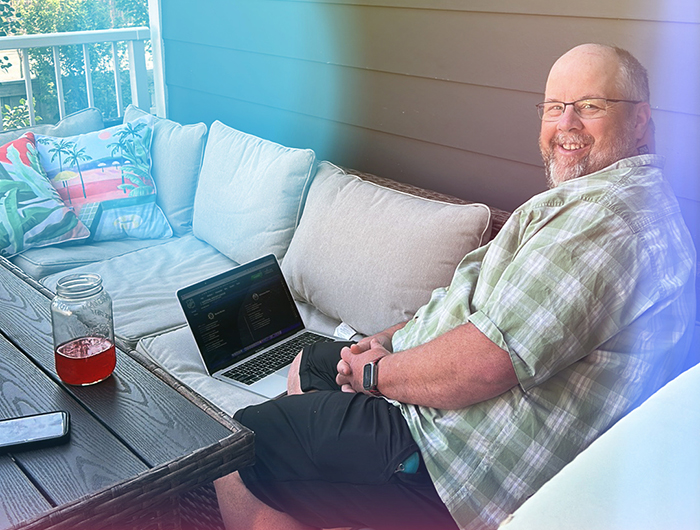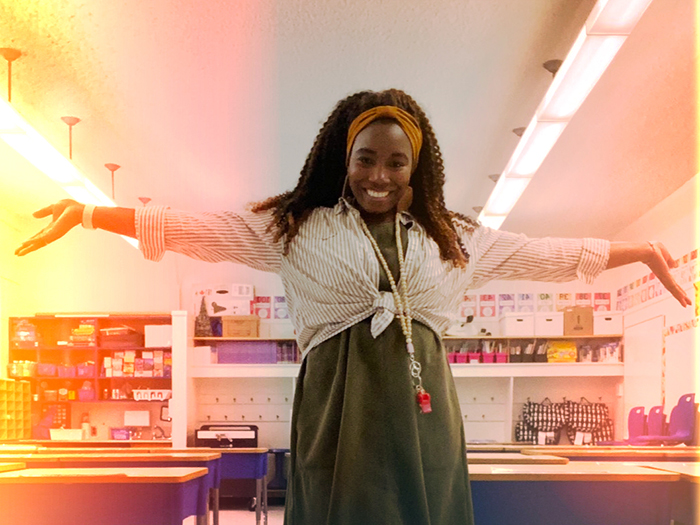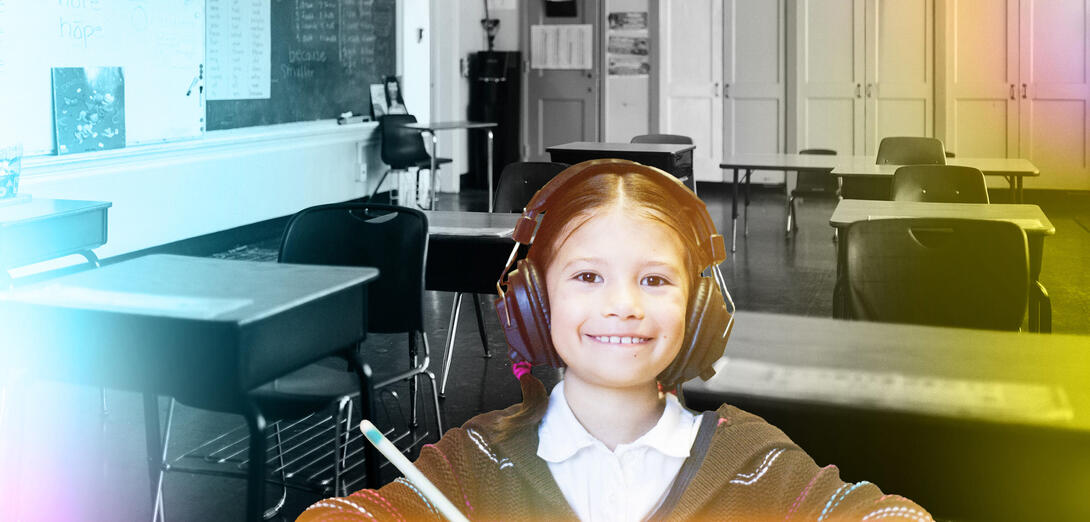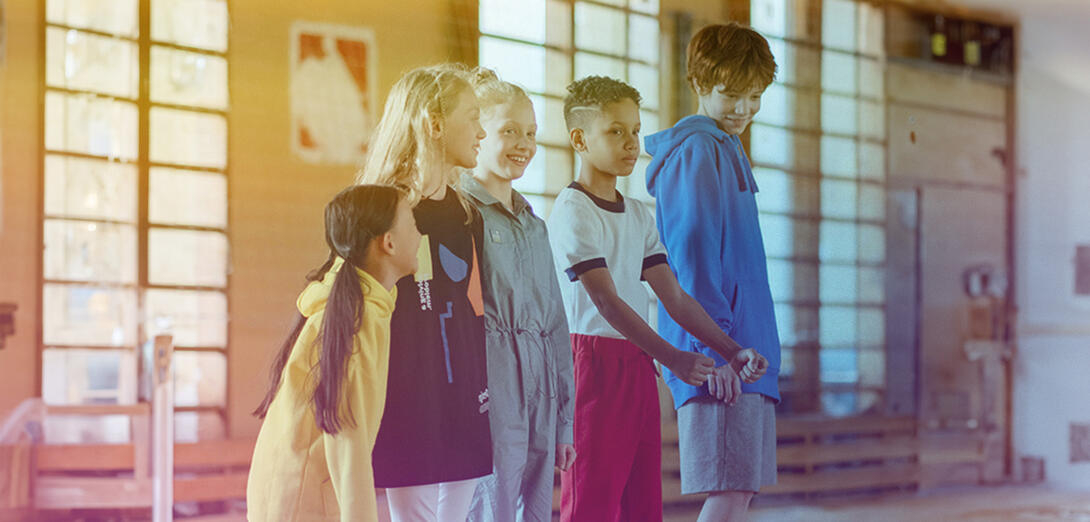Extroverts and introverts bring different strengths to our classrooms and schools
A school gymnasium. Waves of electronic blips and pulsating percussion. A stage lined with dancers — some a bit stiff, some as lithe and carefree as cats. A whirling throng of limbs and gyrations.
The song blasting from the PA system is “I Gotta Feeling", by the Black Eyed Peas, with its signature lyric “tonight’s gonna be a good night.” The carefully choreographed performance is aimed at pumping up the K–9 students who fill the seating area. Every teacher on staff is present and giving it their all. Well, sort of.
A school environment is best served by a healthy blend of introverts and extroverts
For three of the teachers, this activity is less outward facing than was envisioned. Instead of showcasing their moves on stage, they’re hiding in the nearby storage room, listening for the song’s last strains so they can slip into the sea of dancers just in time for the final “ta-da!”
. . .
This scenario happened several years ago at a Calgary school. One of the teachers hiding in the storage room was Andrew Finlay.
A 24-year teaching veteran, Finlay dislikes group performances and small talk. He likes teaching one on one and spending time alone at the end of the day. In short, he identifies strongly as an introvert and says that being forced to be extroverted is one of the biggest challenges he faces as a teacher.
“I hate it when we have to do the theme days or perform something extra special for the kids,” Finlay says. “That’s tough for me.”
I think introverts are not understood, because we don’t go out there and explain ourselves, so when there is one in the classroom, I understand what they are like.”
As someone who values routine and structure, Finlay finds several aspects of teaching challenging — starting fresh at a new school, teaching a new grade and even facing that annual fall ritual that some of his colleagues find most exciting.
“I still get fairly nervous on the first day of school,” Finlay says. “I do not sleep the night before the kids come.”
Over the years, Finlay has developed strategies for dealing with his introversion on the first day of school. He tells his students point-blank that he’s nervous and that he doesn’t like talking in front of people. He even shares with them some of the ways he gets around his introversion.
One of Finlay’s strategies, even in his own classroom, is to avoid being the centre of attention. Rather than employing stand-and-deliver lessons, he structures his classes so he can roam among students as they work.
“I do much better at building a one-to-one relationship with students,” he says.
Despite the challenges he faces as an introvert in a profession that demands a certain amount of outward demonstration, Finlay feels like teaching is a good fit. He finds the work deeply rewarding and feels that his personality type is an asset in a school setting.

For one, his introverted nature has made him a good listener. He is also able to recognize those students who don’t want to be in the spotlight or who don’t have a lot of friends and to make space for them to be who they are.
“The quieter kids that prefer one-on-one interaction — I think I understand them more,” Finlay says.
Paradoxically, Finlay says he can sing a campfire song in front of hundreds of people, but he won’t want to do it again the next day. And, overall, he’s never warmed up to the forced extroversion of all-staff dance presentations and special performances.
“That’s not what I’m here for,” he says.
Extrovert speaks out
Esther Dada is quite the opposite. For the Grade 3 teacher, life is a continuous dance party.
During her morning commute to Edmonton’s Lauderdale School, Dada cranks the Beyoncé tunes in her sporty Toyota crossover, and she repeats the process on her way home at the end of the day. Throughout the school day, she will spontaneously break into song and dance.
“We have dance parties almost daily,” Dada says.
In case you haven’t guessed, Dada identifies strongly as an extrovert.
“I just have a bubbly personality,” she says. “Sometimes I can be loud — people say the life of the party.”
What gets Dada most excited is being around other people, particularly students.
We [extroverts] bring a lot of joy, positivity — a lot of fun.
“It’s almost electric, when I see my students. I am at a whole different level,” Dada says. “They energize me. They’re my motivation to keep going, to keep being excited, to keep being positive.”
Dada has noticed that her extroverted energy brings out the same in a certain group of students, those who are the first to join her in energetic activities, like dancing or group chants. She says her energy, and that of the other extroverts in her school, has the effect of loosening everybody up, regardless of their personality.

“Even the quieter people — you can see that they start to come out of their shells, slowly but surely. Not to the extent that we [extroverts] do, but they’re still able to pull out their fun side more,” Dada says.
As someone who gets her energy from being around other people, Dada isn’t a big fan of being alone, but she is learning to be more comfortable with it.
“I think sometimes [being alone is] a good thing, because I’m able to just relax and calm myself,” she says.
For the most part, however, Dada is all about bringing the energy . . . all the time.
“I always say life is more fun when you’re doing things that excite you,” Dada says. “For me, it’s dancing and singing. When I’m not dancing or singing, something is wrong.”
A healthy mix
Finlay and Dada both say that a school environment is best served by a healthy blend of introverts and extroverts.
“We complement each other,” Finlay says.
“I think it’s important to have a mix,” Dada says, “because sometimes, looking back, I think I’m a little too much!”



